“Did you know this little treasure is actually a weed?” A friend was showing me the latest addition to her orchid family. “In countries like Cuba” she continued, “this Epidendrum radicans hybrid is invasive. It takes over lawns and gardens.”
“Like dandelions?” She chuckled at the comparison. I guess one man’s trash is another’s treasure.
Yes, every plant family has its weedy relations. Which could be said for any family when you think of it. Perhaps understanding what a “weed” is can help discern the misnomer of weed: An unwanted plant, not valued or appreciated where it is growing, invasive and vigorous in its growing pattern, often overgrowing and choking out other more desirable plants.
So, you might ask, how can such a fragile, delicate, and pretty plant like an orchid fit into any of the defining attributes of a weed? With over 18,000 varieties in the Orchidaceae family, there are bound to be a few that exhibit weed-like behavior. Here are some weedy orchids to consider.
Arundina Graminifolia

Native to southeast Asia and India, this orchid is known as the bamboo orchid due to foliage that resembles bamboo. And like bamboo in certainly growing environments, it can take over like a weed. This is a giant orchid, frequently growing to a height of 6 feet. It’s self-fertile, producing bulb-like structures known as keikis (new plants) along the stems. This is part of its weed-like attributes. In Costa Rica and other tropical venues, this plant has invaded roadsides. Like many orchids, the flower is lovely, but in places like Hawaii, it is classified as an invasive species.
Cyrtopodium Flavum

This is another aggressive, colonizing orchid. Also known as the yellow cowhorn orchid, due to its large horn-shaped pseudobulbs, its preferred environment is rocky areas found in southern Florida, and it’s invasive in Central and South America. It is spectacular in appearance, and produces 10 to 12 leathery leaves with stems up to 30 inches long, supporting 30 to 50 bright-yellow flowers. Even the pseudobulbs are large (up to 24 inches). It’s pollinated by a non-native bee which helps it spread.
Disa Bracteata

This orchid is native to South Africa. It’s considered a threat to other plants, including other varieties of orchid. An environmental weed, the plant produces millions of dust-like seeds that spread easily, and promote dense patches. It has been known to take over any growing habitat, including South African bushland, where it can and does take over the growing space of smaller native plants like lilies, wildflowers, and of course, other orchids.
Epidendrum Radicans

This is an invasive orchid found in Lee County, Florida and native to Central and South America. Also known as ground-rooting Epidendrum, fire-star orchid, rainbow orchid, and reed-stem Epidendrum, this orchid is considered a roadside weed due to its ability to sprout roots along the length of the stem — which enables it to climb and spread along the ground with ease. It produces small, orange flowers with tiny seeds.
Epipactis Helleborine

This orchid was brought over from Europe to North America in the mid-1800s. Also known as broadleaf Helleborine, its habitat has spread across the United State, invading California and some areas of Canada. Growing from fleshy roots with several stems from every rootstock, this plant grows parelle-veined leaves and flowers that are bilaterally symmetrical and greenish white with some violet tinting. It grows in lawns, gardens and on the edges of pavement and has been found in wild terrain in Pennsylvania and New York. Wisconsin has classified it as a noxious weed, partly due to the fact that its herbicide resistant.
Oeceoclades Maculata

Also known as the monk orchid and African spotted orchid, it is found in Africa, Madagascar, and southern Florida, where it has become well established in forested areas. This invasive orchid’s leaves are dark green with some silver mottling. The flowers are white and purple, growing from the base of an immature pseudobulb.
Phaius Tankervilleae

This is an eastern Asian orchid, also known as nun’s hood orchid. It’s found in Hawaii, Florida, Cuba, and Puerto Rico, flowers prolifically and does well under trees, tolerating modest freezes. A self-fertile plant, it is very invasive and rather large with multiple flower spikes of up to 20 fragrant blooms in late winter to early spring. It gets its name from the showy hooded blossoms.
Spathoglottis Plicata

It is considered invasive in Asia, Hawaii, the Caribbean islands, and parts of Africa. Also known as the Philippine ground orchid, this orchid grows up to seven pleated leaves with up to 27 magenta flowers. The flower is either purple or yellow, and the plant is considered self-fertile. It grows just about anywhere.
Zeuxine Strateumatica

Native to Asia, particularly China and Afghanistan, this is a small orchid commonly found from Texas to Georgia as well as Mexico, the West Indies, and California. It is found mostly in moist lawns and grassy areas. Short-lived, it can even be found growing in cracks of cement. The plant is dark green when growing in shaded areas, but a reddish-bronze in full sun. The narrow leaves are spiraled, terminating with numerous small white flowers.
And there are other, lovely and invasive orchids dominating the landscape, taking over the ecosystem. Weeds can be wildflowers and wildflowers can be weeds – it’s all a matter of perspective. If the orchid is growing in a special pot, alongside other orchids in a controlled growing space, it is considered an acceptable treasure. If the orchid is invading the environment and growing out of control, then call it a “weed.”




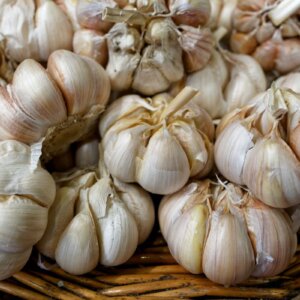


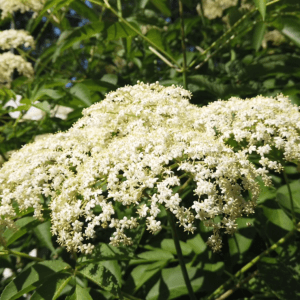

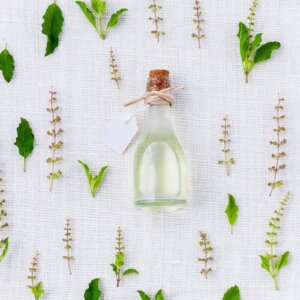

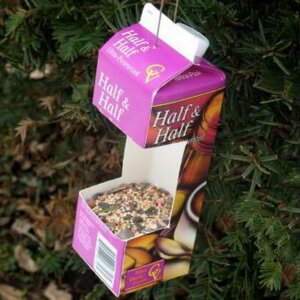






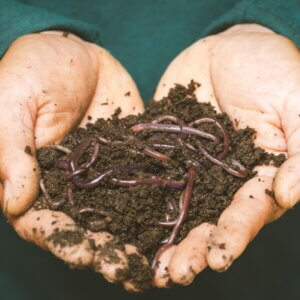


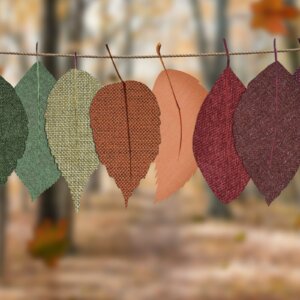



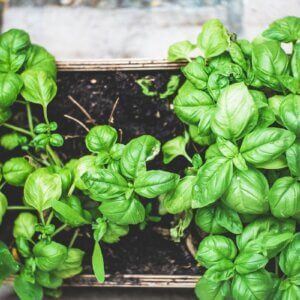
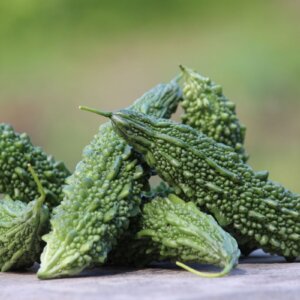


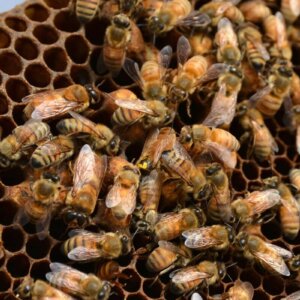


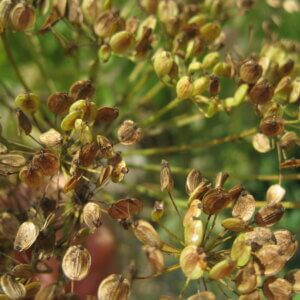



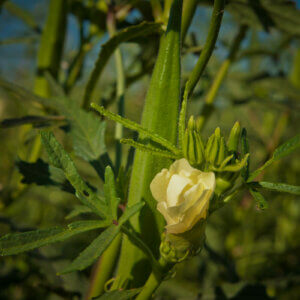




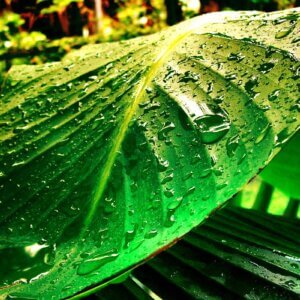
Leave a Reply